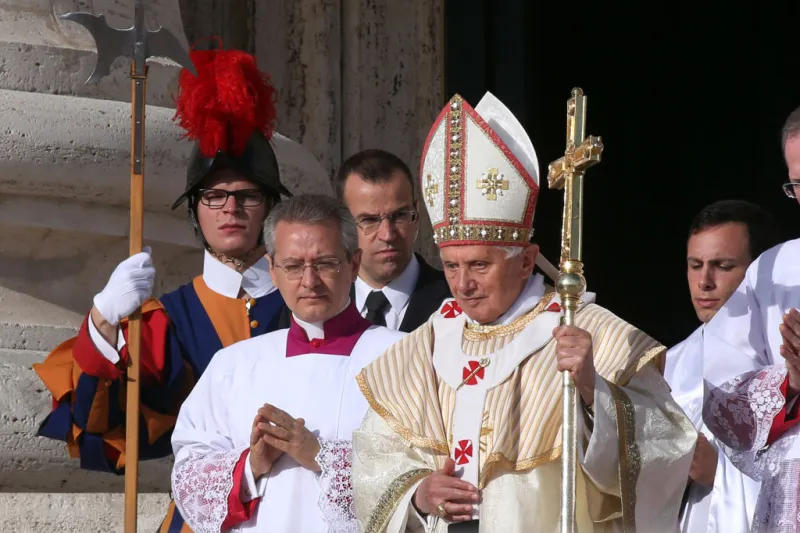
Washington, D.C. Newsroom, Jan 2, 2023 / 14:00 pm (CNA).
During his pontificate, Pope Benedict XVI beatified 870 people and canonized a total of 45 saints. Though his papacy was relatively short, spanning from 2005 to 2013, the 45 people whom he declared saints are models of faith and holiness, celebrated by Catholics all over the world.
Here are seven of the best-known saints Pope Benedict XVI canonized:
St. Kateri Tekakwitha
St. Kateri Tekakwitha, or “Lily of the Mohawks,” was the first Native American saint to be canonized. Born in what is today New York state, she was the daughter of a Mohawk father and a Christian Algonquin mother. She was baptized at age 21 and fled persecution to St. Francis Xavier Mission near Montreal, Canada, joining a community of Native American women who had also converted to Christianity. She is remembered for her suffering, devout faith, courage, and her purity. St. Kateri died on April 17, 1680, at age 24.
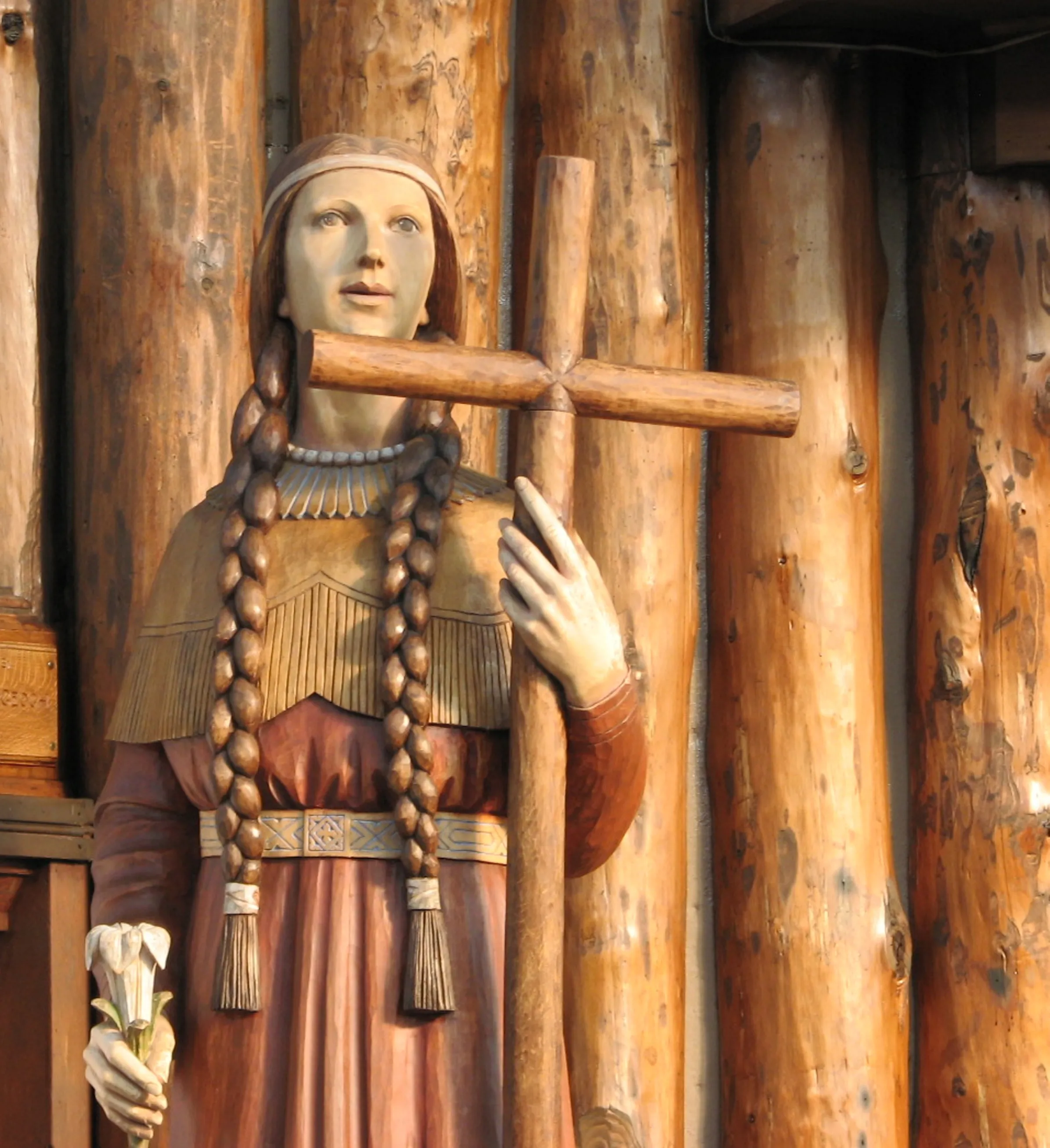
She was canonized by Benedict XVI on Oct. 21, 2012. He said: “Kateri impresses us by the action of grace in her life despite the absence of external help and by the courage of her vocation, so unusual in her culture. In her, faith and culture enrich each other! May her example help us to live where we are, loving Jesus without denying who we are.”
St. Hildegard of Bingen
St. Hildegard of Bingen was an abbess, artist, author, composer, mystic, pharmacist, poet, preacher, and theologian from Germany. Born in 1098, in her late teens she became a Benedictine nun at the Monastery of Saint Disibodenberg. From the age of 3, she experienced visions of God and was asked by her confessor to write them down in what became the influential illustrated book “Scivias.” She founded two monasteries and was a prolific writer of poetry, theology, and sacred music. She died on Sept. 17, 1179.

St. Hildegard was canonized on May 10, 2012, and declared a Doctor of the Church by Benedict XVI on Oct. 7, 2012. He said: “In Hildegard are expressed the most noble values of womanhood: hence the presence of women in the Church and in society is also illumined by her presence, both from the perspective of scientific research and that of pastoral activity.”
St. Damien of Molokai

Joseph de Veuster, later to become St. Damien of Molokai, was born in 1840 in rural Belgium. At the age of 13, he was forced to leave school to work on a farm but later decided to pursue a religious vocation with the Congregation of the Sacred Hearts of Jesus and Mary. As a priest, he served victims of leprosy quarantined on the Hawaiian island of Molokai. He eventually contracted the disease, losing his eyesight, speech, and mobility. St. Damien died of leprosy on April 15, 1889. Benedict XVI said of St. Damien, whom he canonized on Oct. 11, 2009: “Following in St. Paul’s footsteps, St. Damien prompts us to choose the good warfare, not the kind that brings division, but the kind that gathers people together. He invites us to open our eyes to the forms of leprosy that disfigure the humanity of our brethren and still today call for the charity of our presence as servants, beyond that of our generosity.”
St. Marianne Cope
St. Marianne Cope was born in Germany in 1838 and entered religious life with the Sisters of the Third Order of St. Francis in Syracuse, New York, in 1862. Mother Marianne served as an educator and opened two of central New York’s first hospitals. She was sent to Kalaupapa on the island of Molokai in Hawaii at age 45 to care for leprosy patients and established an education and health care system for them in the years she was there.
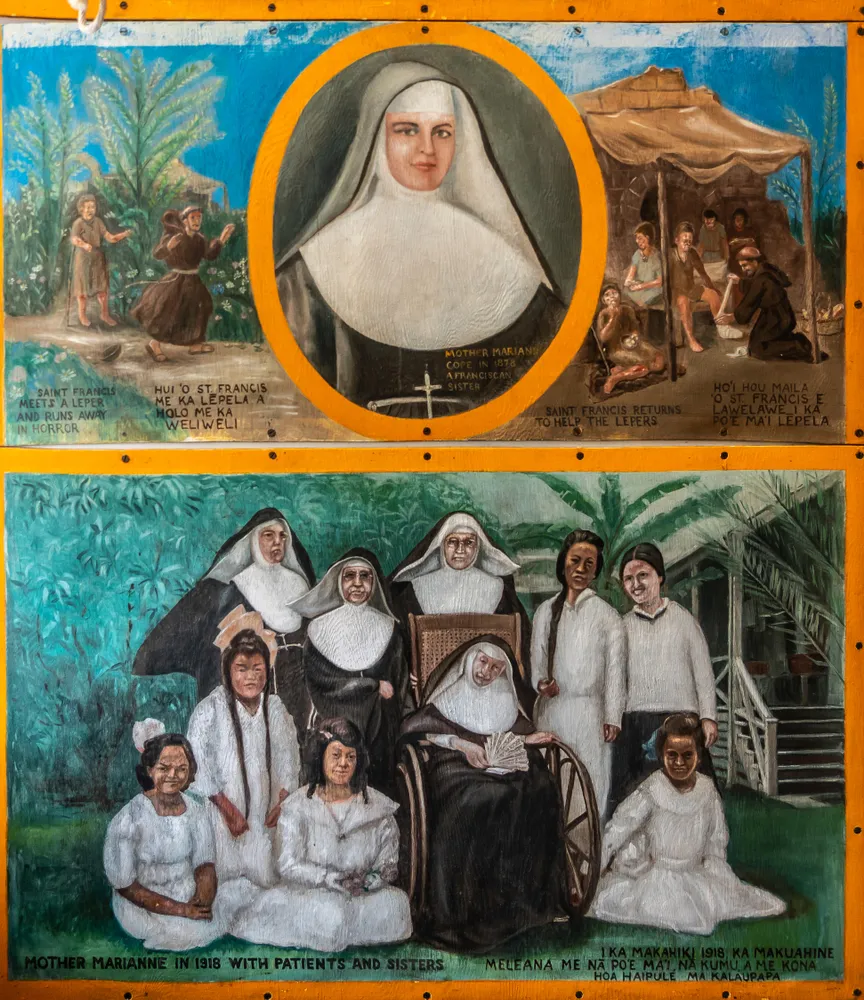
Benedict XVI canonized St. Marianne Cope on Oct. 21, 2012. Of her legacy, he said: “At a time when little could be done for those suffering from this terrible disease, Marianne Cope showed the highest love, courage, and enthusiasm. She is a shining and energetic example of the best of the tradition of Catholic nursing sisters and of the spirit of her beloved St. Francis.”
St. Jeanne Jugan
St. Jeanne Jugan was born on Oct. 25, 1792, during the French Revolution. At age 25, she joined the Third Order of St. John Eudes, a religious association for laypersons. After some time serving as a nurse caring for elderly women, she acquired an unused convent building that would hold 40 people and established the Little Sisters of the Poor. At the time of her death on Aug. 29, 1879, 2,400 members were serving internationally.
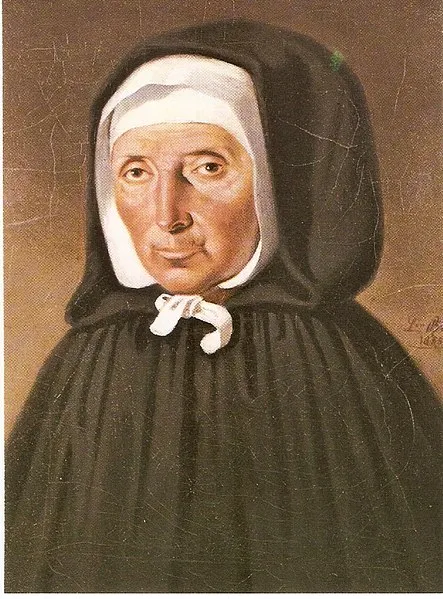
At St. Jeanne Jugan’s canonization on Oct. 11, 2009, Benedict said: “Jeanne lived the mystery of love, peacefully accepting obscurity and self-emptying until her death. Her charism is ever timely while so many elderly people are suffering from numerous forms of poverty and solitude and are sometimes also abandoned by their families.”
St. Pedro Calungsod
St. Pedro Calungsod was born in 1654 in the Philippines. In 1668, at the age of 14, he was among the young catechists chosen to accompany Spanish Jesuit missionaries — among them Blessed Diego Luis de San Vitores — to the Marianas Islands to spread the Catholic faith. St. Pedro was responsible for converting many people, especially through the sacrament of baptism. On April 2, 1672, he was killed, along with San Vitores, while they were conducting a baptism. He is now recognized as a martyr.

He was canonized on Oct. 21, 2012. Of St. Pedro’s hardships, while visiting the Marianas Islands, Benedict said: “Pedro, however, displayed deep faith and charity and continued to catechize his many converts, giving witness to Christ by a life of purity and dedication to the Gospel. Uppermost was his desire to win souls for Christ, and this made him resolute in accepting martyrdom.”
St. Alphonsa
St. Alphonsa was born in Kerala, India, on Aug. 19, 1910. As a young woman, she rejected all suitors who came her way, as she was determined to enter religious life. In 1923, she suffered an accident that left her burned, disabled, and partially disfigured. She joined the Franciscan Clarist Congregation, and until her death suffered from physical ailments and problems associated with her disability. In her love for God, she embraced her sufferings until her death on July 28, 1946.
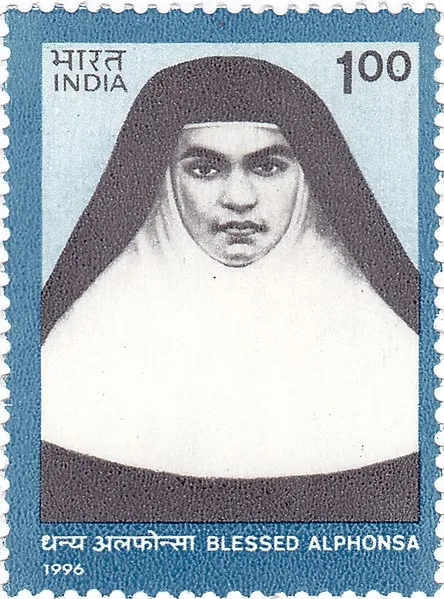
St. Alphonsa was canonized by Benedict XVI on Oct. 12, 2008. She is the first Indian woman to become a saint. In a Vatican statement released on the day of her canonization, she is described as “a victim for the love of the Lord, happy until the final moment and with a smile of innocence always on her lips.”
If you value the news and views Catholic World Report provides, please consider donating to support our efforts. Your contribution will help us continue to make CWR available to all readers worldwide for free, without a subscription. Thank you for your generosity!
Click here for more information on donating to CWR. Click here to sign up for our newsletter.




Doing dignity in the company of leprosy survivors gave joy to St. Damien of Molokai and St. Marianne Cope. Long live the memory of their humble and dedicated service to fellow humans.